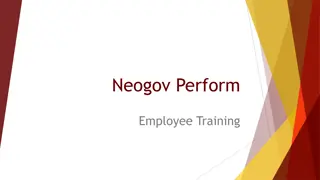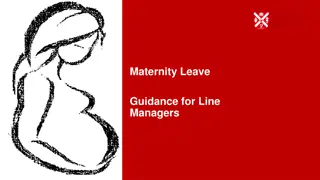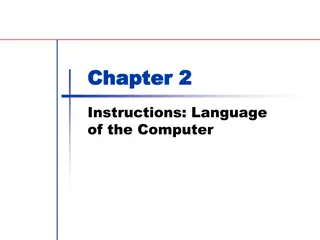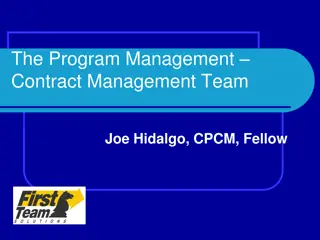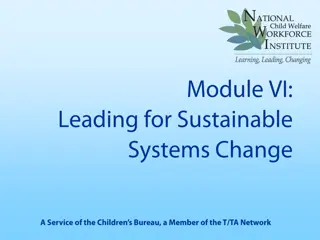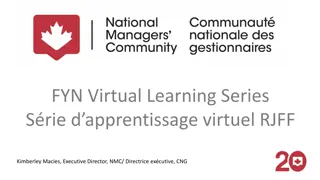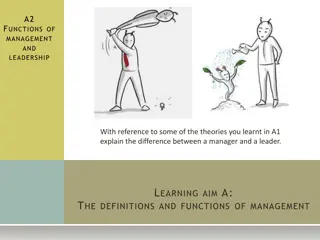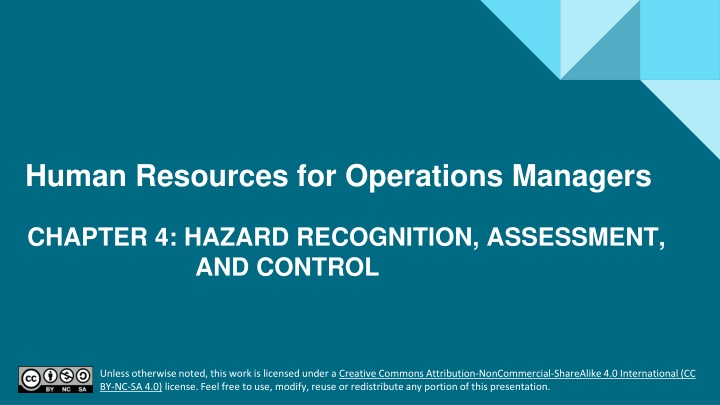
Hazard Recognition, Assessment, and Control in Operations Management
Learn about hazard recognition, assessment, and control in the workplace to improve safety measures, reduce risks, and comply with regulations. Understand the importance of identifying hazards, assessing risks, and implementing controls to ensure a safe working environment for employees.
Download Presentation

Please find below an Image/Link to download the presentation.
The content on the website is provided AS IS for your information and personal use only. It may not be sold, licensed, or shared on other websites without obtaining consent from the author. If you encounter any issues during the download, it is possible that the publisher has removed the file from their server.
You are allowed to download the files provided on this website for personal or commercial use, subject to the condition that they are used lawfully. All files are the property of their respective owners.
The content on the website is provided AS IS for your information and personal use only. It may not be sold, licensed, or shared on other websites without obtaining consent from the author.
E N D
Presentation Transcript
Human Resources for Operations Managers CHAPTER 4: HAZARD RECOGNITION, ASSESSMENT, AND CONTROL Unless otherwise noted, this work is licensed under a Creative Commons Attribution-NonCommercial-ShareAlike 4.0 International (CC BY-NC-SA 4.0) license. Feel free to use, modify, reuse or redistribute any portion of this presentation.
Learning Outcomes Upon successful completion of this chapter, you will be able to: Explain how to identify a workplace hazard. List hazard assessment techniques. Explain how to control hazards at the source-path-employee.
4.1 Hazard Recognition, Assessment & Control Hazard recognition (which is sometimes called hazard identification) is the systematic task of identifying all hazards present, or potentially present, in a workplace. It is the first step of any HRAC process. The second step is hazard assessment (which is sometimes called hazard analysis). In a hazard assessment, workers and employers determine which of the hazards needs to be addressed most urgently. Finally, the hazard control process sees preventive and corrective measures implemented to eliminate or mitigate the effect of the hazard(s)
4.2 Hazard Recognition, Assessment & Control I Let s review the business case for making hazard recognition a key activity at work. 1. Reduce Risk. The best way to reduce the number of workplace incidents is to avoid the incidents completely. Get ahead of the hazards, be proactive, identify hazards, assess risk, and implement the controls necessary to minimize or eliminate the risk. 2. Financial. The investment in hazard recognition is low compared to the cost of a workplace incident. Employees that will assist with hazard recognition are already on the payroll. The employer needs to task employees to complete a thorough review of the workplace. 3. Participation - In some jurisdictions, the legal system talks about the rights of the worker which includes the right to know and the right to participate.
4.2 Hazard Recognition, Assessment & Control II 4. Training. Once an employer identifies workplace hazards, it is easy to establish a safety training program. 5. Due Diligence. At the center of each safety program is due diligence, or the act of doing everything possible to ensure the safety of individuals in the workplace. 6. Internal Responsibility System. The IRS or Internal Responsibility System suggests everyone is responsible for safety 7. Compliance and Record Keeping. Should an employer need to provide evidence of their safety program and compliance with safety legislation, keeping hazard identification forms on file is a required practice.
4.3 Hazard Identification Hazard Identification Techniques There are a variety of hazard-identification techniques, and these are often used in combination to create a fuller picture of a workplace s hazards: Inspecting the workplace: Talking with workers Job inventory Records and data Measuring and testing Research
4.4 Hazard Assessment I Once hazards have been identified, it is necessary to prioritize which hazards will be controlled first. Much like hazard recognition, hazard assessment is not just a technical practice. Through prioritizing, certain hazards will be brought to the forefront, and will therefore be more likely to be controlled, while others will be downgraded and likely receive little or no attention.
4.4 Hazard Assessment II A risk assessment quantifies the likelihood of injury or ill health by assessing the probability, consequences, and exposure posed by the hazards: Probability is the likelihood that the hazard will result in an incident. Consequences refers to the severity of injury or ill health that will result from an incident. Exposure refers to how often or regularly workers come in contact with the hazard.
4.5 Hazard Control I Hazard control is a regulatory requirement in every Canadian jurisdiction and entails implementing measures to eliminate or reduce the potential of a hazard causing an incident.
4.6 Key Takeaways While the HRAC process doesn t guarantee that workers will never be injured on the job, it can dramatically reduce the incidence of workplace injuries and fatalities. HRAC is not immune from the conflicts inherent in the employment relationship. Employers and workers each have vested interests in the outcomes of an HRAC process. Collaboration is key to the hazard recognition, assessment, and control process. Stackholders from various areas of the business need to be included in the hazard identification, assessment and control process in order to eliminate or reduce workplace incidents.




